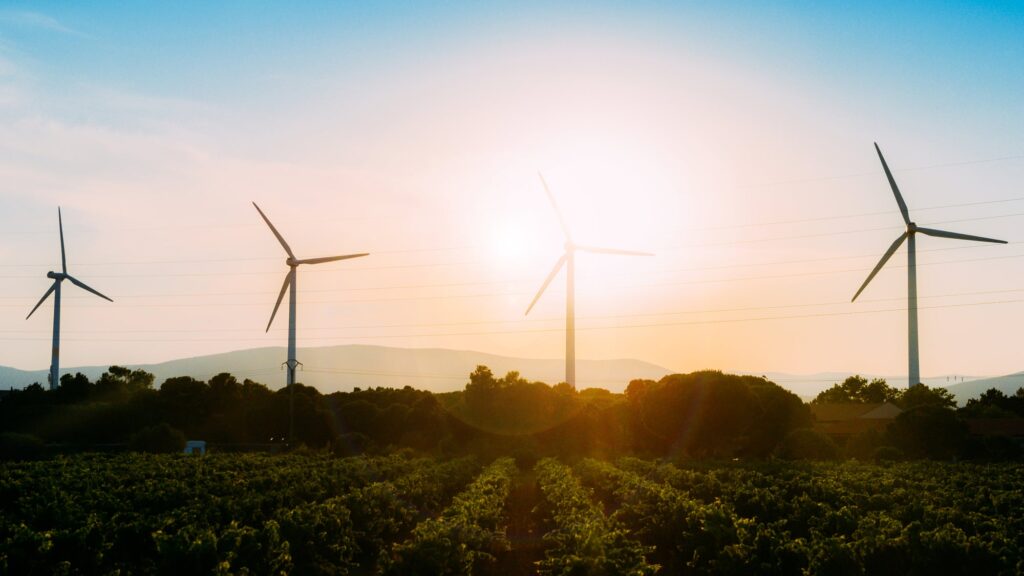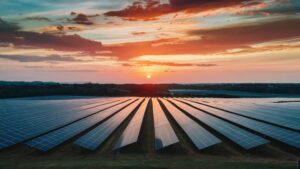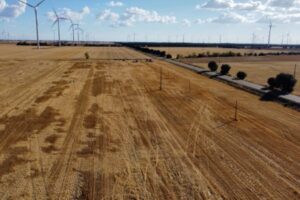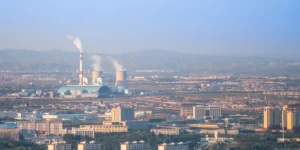Who will benefit from Justice40-covered programs?

Back in 2021, President Joe Biden announced the administration’s new Justice40 Initiative through Executive Order 14008. The program’s aim is that 40 percent of the benefits of certain federal investments flow to disadvantaged communities. Investments related to climate change, clean energy, reduction of legacy pollution, and the development of water and wastewater infrastructure, among others, all fall within the initiative.
The administration doesn’t intend the program to be a one-time investment, but rather, a way to improve the distribution of the benefits of government programs and ensure that they reach disadvantaged communities. Since it was established, 19 federal agencies have released a total of nearly 470 covered programs, with three agencies joining just last month. While it’s promising that the administration recognizes the need to address long-standing equities, it’s critical to assess how they plan to make environmental justice a reality.
Marginalized and underserved communities must be prioritized to advance environmental justice
Hannah Perls, senior staff attorney at Harvard Law School’s Environmental and Energy Law Program (EELP), says that many of the environmental injustices around the country today are the result of a legacy of disinvestment in low-income communities. This is especially true in communities of color where “racist policies barred or discouraged public and private investment in housing, critical infrastructure, public transit, and natural spaces.”
[Related: Stronger pollution protections mean focusing on specific communities.]
These communities often face greater exposure to industrial pollution, higher health risks from deteriorating infrastructure, and more energy and housing burdens than wealthier, white communities, says Perls. They also lose out often in competitive federal funding processes—and in some cases, funding is intentionally withheld. This only reinforces existing wealth disparities. By explicitly targeting that 40 percent of federal climate investments reach these communities, the Justice 40 Initiative hopes to combat the legacy of disinvestment and equitably distribute the benefits of the transition to renewable energy, she adds.
To identify disadvantaged communities, the White House Council on Environmental Quality (CEQ) has put out its Climate and Economic Justice Screening Tool (CEJST), a geospatial mapping tool that identifies overburdened and underserved census tracts across all states.
“Agencies can build upon the CEJST as needed, again on a program-by-program basis,” says Perls. “One benefit of this flexibility is that agencies can incorporate burdens specific to their jurisdiction. For example, the Department of Energy’s definition incorporates five measures of energy burden and two measures of fossil dependence.”
The CEJST is an exciting starting point that the federal government can continue to refine. That said, “environmental justice burdens don’t necessarily follow census boundaries, so there should be opportunities for communities to make the case to receive federal dollars if their community is not identified by the tool,” says Silvia R. González, director of climate change, environmental justice, and health research at the UCLA Latino Policy and Politics Initiative.
How to ensure that the benefits reach disadvantaged communities
All covered programs are required to consult the community stakeholders, ensure their involvement in determining program benefits, and report data on said benefits. An established number of 40 percent provides clear guidelines and expectations for agencies. To strengthen that goal, a team of researchers and advocates recommend that the 40 percent be a minimum for direct investments in disadvantaged communities.
“A direct investment means the percentage is not just a goal that relies on counting trickle-down benefits,” says González, who was involved in the report. “The straightforward nature of a direct benefit strategy would enhance transparency and accountability to taxpayers because it is tough to measure trickle-down benefits.”
To ensure investment objectives are met, transparency in reporting and evaluation is necessary, she adds. Accountability mechanisms are a must in guaranteeing equitable, effective, and efficient implementation.
[Related: The hard truth of building clean solar farms.]
“We currently have no federal environmental justice law,” says Perls. “As a result, most of the administration’s environmental justice commitments, including the Justice40 Initiative, are established via Executive Order and are therefore not judicially enforceable.”
Fortunately, there are some ways to monitor how the government is living up to its promises. The administration recently published the first version of the Environmental Justice Scorecard, a government-wide assessment of the actions taken by federal agencies to achieve environmental justice goals. Harvard Law School’s EELP also has a Federal Environmental Justice Tracker that tracks the progress of the administration’s environmental justice commitments and other agency-specific initiatives.
Overall, experts say it’s a positive sign that the Justice40 Initiative has catalyzed critical discussions to face climate change and historical disinvestment head-on. But as with any ambitious policy agenda, the implementation will need to overcome many hurdles, says González. The most vulnerable communities tend to be those that are least resourced, and they should not get left behind. Some communities or households may be under-resourced due to language, technology, trust, and capacity barriers to programs that can help them develop financial and health resiliency. There will need to be capacity-building and technical assistance for under-resourced communities to apply for and manage these investments, she adds.
In general, there is strong potential for Justice40-covered programs to bring transformational change from the bottom up. The knowledge and lived experiences of disadvantaged communities could shape targeted investments to ensure that their needs are met. “I hope Justice40 builds a framework rooted in principles of self-governance and self-determination, direct engagement, and collaboration with communities,” says González, “instead of top-down solutions.”




